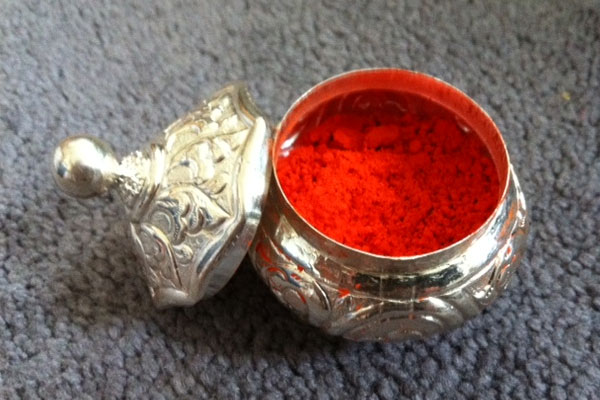Significance of Sindoor in Life
Posted on 29/11/2014 I by: Priya Sharma

Sindooor or vermilion holds lot of importance in Indian society. The tradition of application of sindoor in the parting of hair by married Hindu women is considered extremely auspicious and is being carried on since centuries.
In traditional Hindu society, wearing sindoor is considered must for married Hindu women. It is a visible expression of their desire for their husbands' longevity. Traditionally therefore, widows did not wear vermilion.
According to Hindu astrology, Mesha Rashi or the House of Aries is on the forehead. The Lord of Mesha is Mars and his color is red. It is believed to be auspicious. This is why red sindoor is applied at the forehead and at the parting of the hair. Both are signs of saubhagya (good fortune). Sindoor is also considered to be the symbol of the female energy of Parvati and Sati.
Both Sindoor and kumkum have social and religious significance attached to them. In North India, it is customary for a husband to apply sindoor on his wife's forehead during important festivals such as Navaratri and Sankranti. Besides, Sindoor and kumkum are also offered to Gods mostly in temples dedicated to Shakti, Lakshmi and Vishnu.
It is interesting to note that that the application of sindoor by married women carries physiological significance too. This is so because Sindoor is prepared by mixing turmeric-lime and the metal mercury. Due to its intrinsic properties, mercury, besides controlling blood pressure also activates sexual drive. This also explains why Sindoor is prohibited for the widows. For best results, Sindoor should be applied right upto the pituitary gland where all our feelings are centered.

